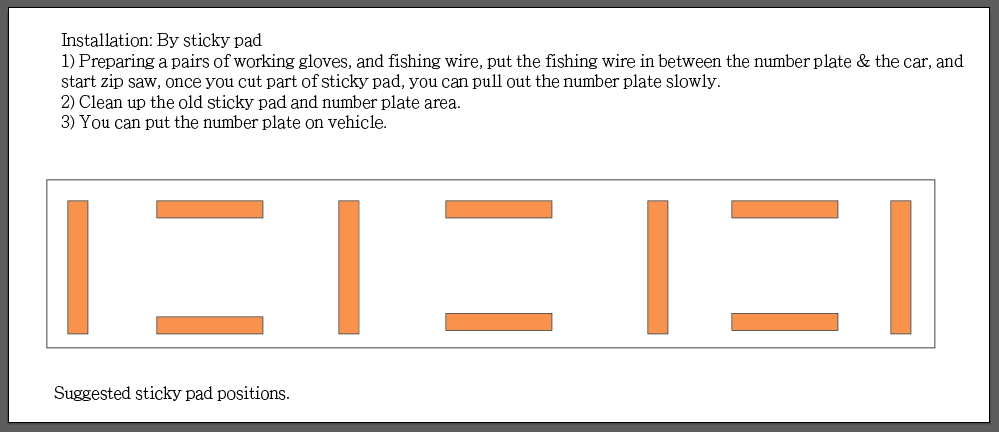
make it your own
logo for car plate via
online editor
Visa / Master Card
arrangement
we will start the production
delivery
once order confirmed
Many years ago, production of license plates was low-skilled work which could be done with simple tools. The only requirement back then was to have a clear display of license number so that it was easy for law enforcement to perform their duties. As society advances, vehicle owners demand better quality and styles for their license plates. We, as the manufacturer of license plates, should also advance with time.
Traditionally manufacturing process of license plates was a simple process in which the letters and
numbers were manually carved out. Therefore, the inconsistency in font and spacing was unavoidable
due to the manual process. In addition, there was a lack of choice for font styles. Recently laser printing
or inkjet printing were adopted to enable uniform format. However, those techniques also have their
shortcomings. Typically, laser printing and inkjet printing work best on white paper. When used on reflective materials, they will cause obvious distortion of patterns and fonts. The pattern designs only include the honeycomb pattern, fish pattern, lattice pattern, and stripes, which have stayed the same for many years.
Based on numerous trials and verification, our R&D department finally invented a new printing
technique for license plate. Its accuracy and coloring are close to 100% to the original design. To develop
best fonts and patterns, we hired design experts to search, select, and modify various fonts so that the
fonts can be fully shown in an appropriate scale. The pattern design is also extremely challenging. Not all
patterns are suitable on license plates. In addition, our designers need to take into consideration
whether the reflective material has enough reflective rate so that the license plate is clearly visible.
We fully understand that our brand and credibility are built by our accumulative effort. Therefore, we do
not lax even a tiny bit in our procurement of materials, quality control, product development, and
customer service.




Karl Bromani 字款型態及質量比較
產品質量是環環緊扣的,從模具鋼材用料、設計、生產物料質量,每一個步驟都不能忽略。
模具鋼材用料 –一般模具鋼材是使用國產P20鋼材,優點是價錢相對便宜及鋼材相對比較軟,易於加工,但模具易耗損,拋光效果較差。而我們選用日本NAK80加硬處理鋼材,硬度高,耐磨,產品線條不易走樣,產品質素高,而價錢是國產P20鋼材的三倍。
產品設計方面 – 我們對模具及產品設計富有經驗,絕對可以設計出型似神不似的產品。我們約略講解一下何為型似神不似的產品,型就是外觀,產品外觀是非常容易模仿。神就是內部結構,簡單的產品內部結構對老板及生產工人而言提供了極大的誘因。產品內部結構越簡單,設計時間及模具做工日數就可以大大縮短,用料方面亦可相對地減少,縮短生產時間及報廢率低。按照目前的生產模式,工人都是以生產件數發工資,多勞多得,生產快,廢品率低,工資就高。多舉個例子,大家就會明白。
“LEGO”積木VS國產”樂X”積木, 有日行過深水埗玩具街就買咗盒國產積木返屋企,但冇耐您就會聽到,”爸爸!!點解個積木咁鬆㗎。”您就馬上支吾以對。哦哦,系咩!” 心諗,好似買股票一樣,又入錯貨。
車牌凸字一般大多使用ABS材料,而ABS材料有新料及番鈔料,新料顧名思義,就是純ABS物料。而番抄料就是碎料及不同顏色的ABS廢料經過加色循環處理。缺點就是易脆,比較啞色及欠光澤,長期在陽光下會有發白及髮絲裂紋等情況。因應產品是用在户外,我們選用針對性防UV 物料,產品更耐用及色澤恆久不變。
產品質量及結構 –我們就兩款字體作了一些比較,就重量來說,以經相差一倍有多,紮實的內部結構可以令到字體邊沿線條清脆利落,絕對沒有拖泥帶水的感覺。
